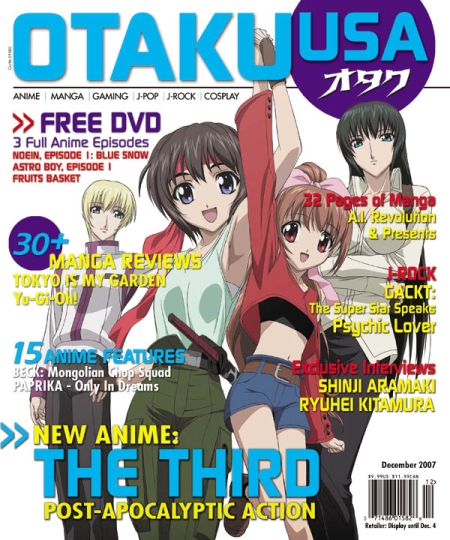I’ve already linked it, but I enjoyed David Welsh’s round-up of the happenings in manga in 2007. I think David hits on a number of interesting points regarding the industry, and I had a reaction to many of the points he brought up, so I wanted to go over them in a more detailed way than a comments section would allow. I’ve included David’s original comments in bold, and my own following them.
Naruto Nation: I know, colossal “duh,†huh? Beyond being incredibly nervy of Viz to unload that much product from a single franchise in a relatively short time span is the shocking fact that it actually worked. Obviously, the popularity of that franchise was essential to the initiative’s success, and I don’t know that it could be replicated with just about any other property, but damn, they sold a lot of Naruto in the last three months of 2007.
What to say about Naruto nation… The idea of releasing 12 volumes of a series’ manga in 4 months was obviously a bold one, but more than anything I think it shows that manga companies are really paying attention to the market for their material, and in a much more in-depth way than every before. I hate to trot out this old horse, but Tokyopop’s move from serializing shojo stories in comics to the original graphic novel format worked wonders for the pub, particularly as they released those graphic novels much, much quicker than their competitors released their own collected editions. If you were a manga fan you could buy 4 or 5 volumes of Sailor Moon in the time it took 2 volumes of Ranma 1/2 to be released… and for nearly the same price! Tokyopop led the way at showing that serialization of trade paperbacks could happen a lot more quickly than conventional wisdom would allow, and now it looks very-much like Viz have mastered that phenomenon.
As David says, there’s no guarantee that any other manga could survive that sort of release schedule; Naruto benefited from the perfect storm of manga, anime, and lifestyle-products that turned a successful property into a true superstar. But let us not forget that when Viz announced the change from their old-format titles to the Tokyopop size, they went so far as to release six volumes each of then smash-hits Dragonball and Dragonball Z… ON THE SAME DAY. Viz, through a fantastic distribution deal with Simon & Shuster, and the deep pockets that Shuheisha/Shogokukan provide, has no problem pushing product to market in a concerted, supported manner. Viz and the Shonen Jump line in particular, have shown us that all of the conventional wisdom about release schedules could… and maybe should… be reconsidered.
Top titles including Death Note and Bleach and the critically acclaimed Monster? They saw bi-monthly releases in 2006 and 2007 (bi-monthly in the comics meaning, or ‘every two months’ for the normals). Anyone who’s been in the industry for a while will remember a kinder, simpler time, when the idea that 200 pages of a serialized comic released every two months would result in BURNOUT! BUUUURRRRRNNNNOOOOUUUUTTTT! And the retailers would cry REMEMBER! REMEMBER! ACTION COMICS WEEKLY FUCKING SUUUUUCKED! (I’m not good at rhyming). And yet 2006-2007 gave us 52, and Countdown coming out every week, and a number of equivalent manga titles. 2008 sees Amazing Spider-Man 3 times a month, with the stories completed a half-year in advance just to ensure timeliness!
Perhaps the greatest indicator of change in release schedules and frequency, for me, was the end of Blade of the Immortal by Hiroaki Samura in the comic-book format serializations. The majority of comment on that change focused on the transition from pamphlets to books, but I think a big part of it is frequency. Readers want the story quicker, and for them the story isn’t the dribs and drabs of 32 pages, but instead the story arc, the way that the creator intended for the book to be read. That’s not to say that anthologies like SHONEN JUMP and SHOJO BEAT don’t have a place in the industry–500,000 readers a month can’t be wrong. I just think that at 80+ pages of Naruto per issue and an incredibly well-designed and well-written package doesn’t tend to steer readers wrong, but even then I get complaints from the kids that the magazine slows down the graphic novel releases of their favourite series… More better faster is the name of the game in 2008.
The Age of the Omnibus: Maybe I’m overstating the importance of this because I like the idea so much, but this is another somewhat unexpected idea that seemed to gain a lot of traction in 2007 and actually work, leading me to suspect that the trend will expand in 2008. I mean, there’s already a mix of high-end, collector’s collections and value-for-volume versions, which has to tell us something.
Man, do I not have a ton of faith in Omnibus editions.
I know there are a ton of them on the way, but I’m just getting little shivers thinking about these programs and what they’re going to mean. I think the most important thing is to break the discussion down into the three different kinds of omnibus collections: Vanity Editions and Cost-Cutting Editions, as David mentioned, but also Samplers.
First up, I’m with David… to a degree… in thinking that vanity editions have a place in the manga industry. They’ve already proven their worth in Japan a hundred times over. People want to own the best possible version of something, with all the extras and the bells and whistles, and they’re willing to pay for it. (DVDs, anyone?) Manga is constantly reissued in new editions in the East, anything from new cover art to a larger size and colour printing to hardcovers or whatever. It’s equal parts nostalgia, marketting, and Vanity with a capital V. I think the recent collection of Warcraft: The Sunwell Trilogy Ultimate Edition is maybe the most successful omnibus of the year, particularly as a vanity omnibus. All three volumes… for the same price as buying them separately! Way to make me money, Tokyopop. Plus it’s big! It’s a hardcover! It’s got 8 pages of new comics in full colour AND an afterward with the dude who helped make the game! It’s got an external fanbase that spends all of their time playing that godforsaken game and they’re totally absorbed in the lifestyle! It’s a visibly and uniquely different product than the manga tankubon editions! Hoo-ray for Warcraft! But seriously, it’s done pretty-much perfectly. I’d change a very few things myself (every copy comes with a redemption-code for an in-game item?), but it’s certainly a lot better than the complete failure that was the first Fruits Basket HC. A larger size that doesn’t do the sparse art any favours, you bothered to print the pages that were originally in colour in colour, and only two volumes per hardcover when it at least feels as thick as three? Thanks for this completely useless new product, Tokyopop! Actually, I’m sorry, completely useless product line. It’s not like Fruits Basket backlist isn’t a strong seller. Man, individual hardcover volumes of THOSE books for like 15 dollars a pop would’ve been awesome, we would have sold a ton.
(Side Note To Vanity Editions: I think the BATTLE ROYALE editions at 3 volumes for $25, in a size comperable to North American comics collections but loaded with all sorts of insane back-up features is much, much more successful as a package. They earn their spot on the rack pricepoint-wise, there’s enough there to keep fans interested too. If they had only paid someone to re-translate the series away from Keith Giffen’s interpretation, that would’ve been the sales slam-dunk we would have needed to really sell the book. Battle Royale sold much better in the DM than it did in the bookstores, and this new DM-friendly edition makes a hell-of-a-lot more sense on this product than it does on Fruits Basket… Ugh…)
Then, there are the cost-cutting editions. The big announcement at the end of the year from Viz seems to be aiming squarely at this market. To whit: As manga publishers’ backlist grows ever, ever, ever larger, it becomes more and more expensive to keep backstock in print. The easy solution is to replace three backstock items with one backstock item, and subsidize the cost of that item by including juuuust enough material to make the established fan-base dig into their pockets and buy this one too. Dragonball, Dragonball Z, and Rurouni Kenshin all have dedicated fan-bases who love these series more than is reasonable, and they will find these new editions with colour pages and bonus materials and vaguely reduced prices “sick”. Why do these succeed where I felt Fruits Basket failed? Prestige, for the most part. Authenticity, a term that Tokyopop practically coined when it came to manga, but that Viz has perfected here. They’re the ones going back to the well and introducing refreshed translations, author interviews, all of the colour pages, and not wrapping it in a space-hogging hardcover edition. The prices are low enough that customers feel like they’re getting a deal, but high enough at $18 a volume that they feel to retailers (me) that they’re paying for their shelf space. I think that, if the Cost-Cutting, backlist-eliminating editions are going to take off (and they haven’t announced that the backlist is definitely going away, this is supposition on my part) then this format is probably the smartest way to go about it: replacing the books with something that is clearly different, and clearly better.
(Side note to Cost-Cutting Editions: The “Omnibus of the year” for me was easily Tekkon Kinkreet: Black and White by Taiyo Matsumoto and published by Viz. An edition that saw the perfect-collection in Japan and then one-upped it a couple of times, this really is the ultimate edition of the material. At $30 (when the trades used to run you $50+) it’s a deal, but the high price-point and movie tie-in makes it a viable product for the North American market. Plus, have you held this thing in your hands? It’s ten kinds of awesome, you can’t NOT buy it unless you are poor, or perhaps sad.)
Finally, there’re the samplers. I think, again, with the aging backstock thing, these are gonna be important for series that drag on… and on… and on. The most recent example is Sgt. Frog, which keeps on coming out with new volumes, once or maybe twice a year, in Japan. As long as Tokyopop have the license, they’re going to NEED to keep this material in print (it’s in their contracts…), so what better way to do it than by offering a cheap way to get in on the ground floor, generating additional interest in the series? Several of the longer-running Del Rey series had ultra-cheap 3-volume bind-ups released this year through an exclusive with one of those American bookstore chains, I wonder what that did for volume 4 sales…? Dallas, if you’re reading?
…but are the readers actually going to buy into this? Are the retailers? Although 2007 eliminated the myth of the finite shelf-space issue (essentially, bookstore managers will allot however much space is necessary to product that generates income), not many of them are carrying full runs of any material in multiple formats. Once the paperback comes out, the hardcover gets remaindered and goes to special-order-only, that sort of thing. Further, I don’t think we’re going to be seeing that many second or third volumes of these ultra-cheap bind-ups, not for a little while. Essentially, if all of the sales are equal, 3 x 200 page books at $11 each are worth more than 1 x 600 page book at $13. Even with the reduced overhead and increased sales that one cheap book will provide, those sales have got to be pretty high indeed to make up for the sales of 3 books at a higher cost, particularly over a longer period of time. I’m not saying it’s impossible, it happens all the time, but it’s all about product life-cycles and blah-blah-blah. Comic books come out in hardcover once the sales-cycle of the floppy is more-or-less done. The hardcovers come out as trade paperbacks when they’ve made their money. Then the Trade paperbacks get absolute editions once they’ve slowed down. Sometimes that order is jumbled a bit, but the whole thing is about going to the well until it’s bone fucking dry, and I can’t see too many publishers, particularly not in manga where the licensing fees on material like Negima and Tsubasa (two titles involved in the Del Rey sampler from this year) are not inconsiderable, deciding to completely devalue their IP or their stock. Dragonball sold well and finally slowed down, so you bring out the next edition that’s better and cheaper, but you don’t decide to lower the price on every volume to $3 each. I mean, it’d be great if you did, but that shouldn’t happen at LEAST until the fourth or fifth iteration of the product is out, you know? 😉
Anyway. Omnibus editions. If people buy them, they will take off, but I haven’t really gotten the sense that the fan base is on board with them yet, and I’m just not sold on the idea that anything other than the vanity editions will end up being viable from a retail standpoint. From a creative standpoint? Anything that produces the work in a better edition is ok by me, but it’s gotta be a lot better for me to drop the money on it twice.
…onto David’s next thought…
The Autism Comic: As I indicated above, Yen Press has announced a number of nervy moves in 2007 – the promised anthology, acquiring ICE Kunion’s catalog, announcing a boys’-love line, etc. But in terms of actual, existing product, and ignoring their fairly generic-looking first wave of licensed shônen, the newcomer’s publication of Keiko Tobe’s With the Light, a meticulously researched comic about a family dealing with autism, is most noteworthy. And it’s apparently selling extremely well to demographics outside the norm for manga. (Of course, that demographic could possibly have just been terribly underserved in terms of intelligent fictional portrayals.) All the same, I find the publication of this book and its apparent commercial success terribly encouraging. (Soon, the way will be paved for agri-manga. Soon!)
Sorry David, I feel like this was a total, total crapshoot. Yen had a notoriously difficult time obtaining all of the licenses that they wanted in a fairly crowded marketplace, going so far as to acquire another publisher to get their hands on those books, as mentioned… Taking a chance on a book like With The Light, of which there are hundred of similar types of books overseas, seemed more like a shot in the dark that seems to have paid off… actually I’m not familiar with the actual success of the book outside of the blogosphere? I mean, I know WE liked it but I don’t know that it sold. I’d be curious to hear how it did. Kurt?
Anyway, I really liked Iron Wok Jan a lot, but it, sadly, did not usher in a bold new era of cooking manga. It certainly inspired a number of OEL creators though! I think series like Tokyopop’s Life (The manga about cutting!!!) and Confidential Confessions (The manga about sexual harrassment! And drugs!) trod that ground before, and with similarish results. Aiming older might be the saving grace for this book (it’s about a confused mom rather than a confused teen) but I’m not… you know… convinced… Besides that, more and more manga non-fiction, and instructional work made its way to store shelves this year than ever before. Everything from How-To-Draw books to How-To-Cook books to Manga Einstein to Manga Sudoku. I’d say this trend is developing, rather than a ‘story’.
Manga: The Complete Guide: Nothing confirms the official arrival of an entertainment category like a comprehensive (at the time), general-audience guide to the available offerings, and this is a very good example of the form. There’s already some very good popular scholarship available about manga from the likes of Frederik Schodt and Paul Gravett, but a user-friendly guide like this seems particularly noteworthy. (I’m not about to call Jason Thompson the Roger Ebert of manga, because Ebert bugs me.)
I think Jason Thompson’s guide is top-notch, and is probably the best comics-related release in 2007. But I don’t know that this is the book I’d give to a newcomer, as you suggest. I think Paul Gravett’s MANGA: 60 YEARS OF JAPANESE CULTURE is a stronger non-fiction introduction to the medium thanks to it’s visually oriented nature and overview-status. What sealed my thinking on this was that Tom Spurgeon really liked The Complete Guide book and found it useful, recommending it a few times over at The Comics Reporter. Tom would humbly describe himself as a newcomer to manga, but really, he’s hardly a neophyte. I think that a dense, information-rich tome like this is invaluable for folks like us reading and writing about manga all the live-long day. I think there’s definitely a place for this book in the industry, but it’s for people that want to know more, that need to know more, rather than people who are simply curious but unmotivated. if someone asked me about manga, I’d hand them Tekkon Kinkreet or Death Note, or Phoenix or even Love Roma. I’d let them decide about something like this book on their own, when they felt they were ready. But all of that said I really am glad that it’s available, and hope to see updates every year!
Okay, it’s 3am. I’ve decided I don’t have anything else to say if I want to get up in the morning.
– Christopher

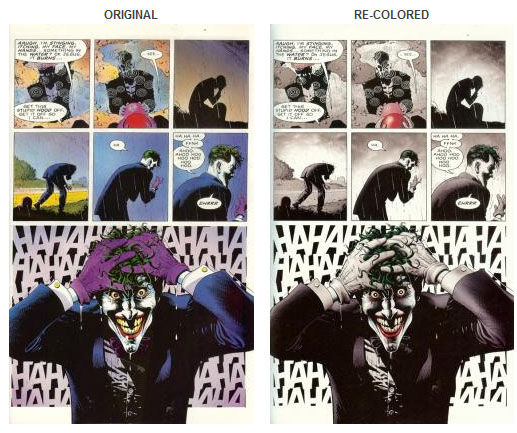
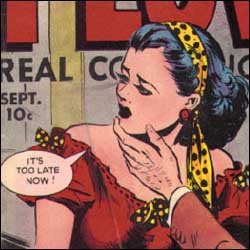 I found myself needing to write a short history of comics in North America recently, and found the website The History of Romance Comics to be a really useful compendium of knowledge on some of the most popular and bestselling comics North America has ever seen. Who knew that they also feature a great collection of romance comics reprints as well? Check out their fantastic collection of pre-code romance comics and history articles.
I found myself needing to write a short history of comics in North America recently, and found the website The History of Romance Comics to be a really useful compendium of knowledge on some of the most popular and bestselling comics North America has ever seen. Who knew that they also feature a great collection of romance comics reprints as well? Check out their fantastic collection of pre-code romance comics and history articles.

 I moderate all of my comments
I moderate all of my comments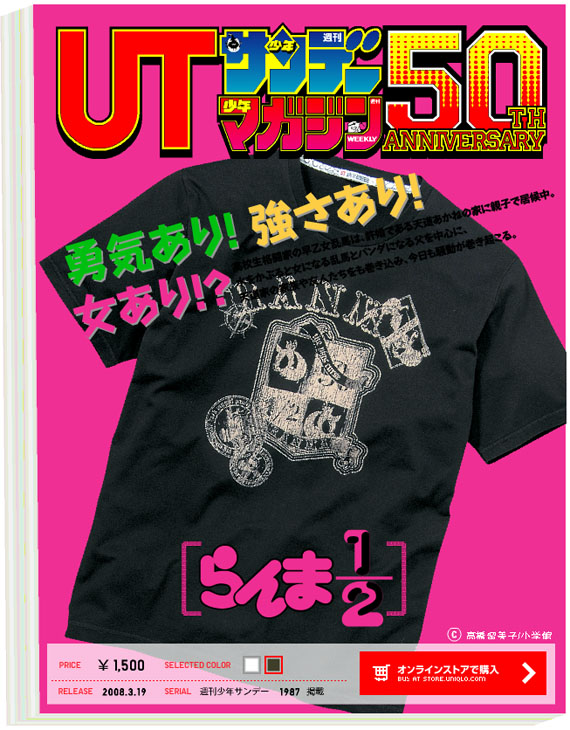
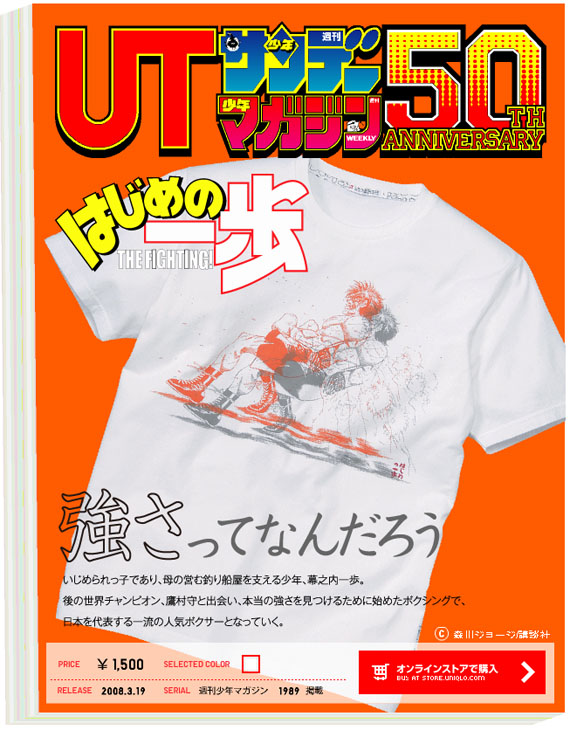
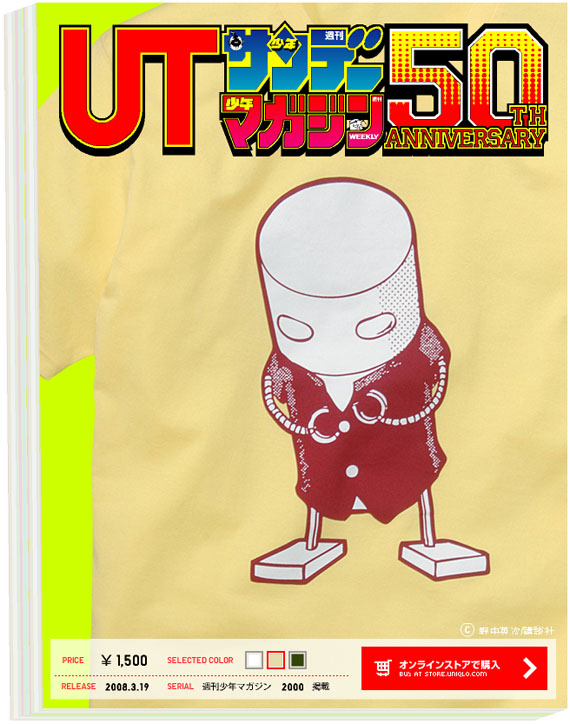
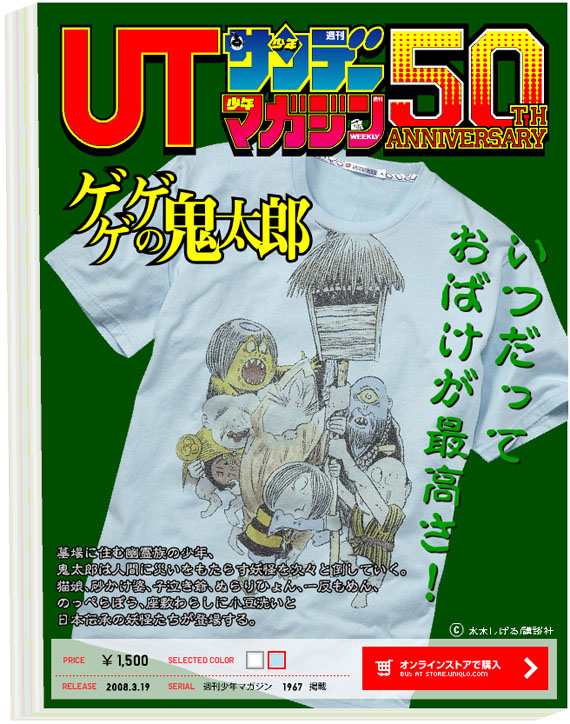
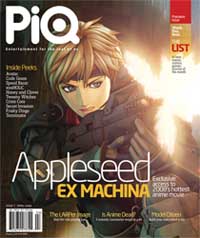 I think it’s important to point out that in the first issue of PiQ, the magazine calls its readership the following names: nerds, dorks, geeks, freaks, maniacs, and pervos.
I think it’s important to point out that in the first issue of PiQ, the magazine calls its readership the following names: nerds, dorks, geeks, freaks, maniacs, and pervos.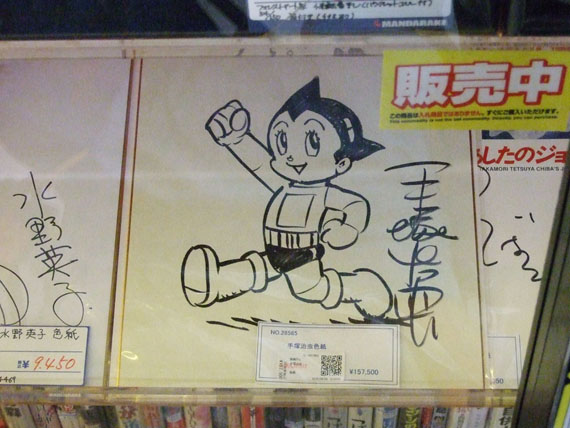
 Hey there. I started typing this a couple of times, but despite how wretched the behaviour has been by a couple of retailers (and the CBIA forum in general, as of late) I’m not quite ready to burn all of my retailer bridges just yet… but I did want to comment on this. So here my nice response:
Hey there. I started typing this a couple of times, but despite how wretched the behaviour has been by a couple of retailers (and the CBIA forum in general, as of late) I’m not quite ready to burn all of my retailer bridges just yet… but I did want to comment on this. So here my nice response:
